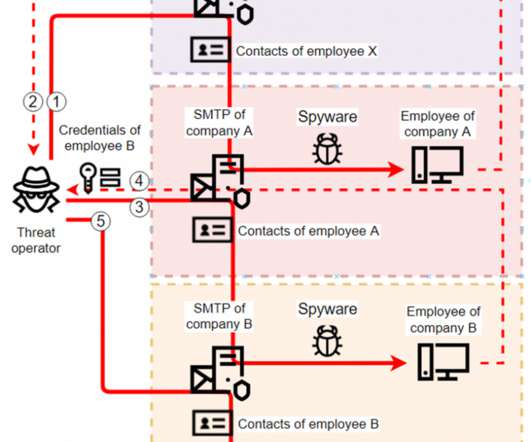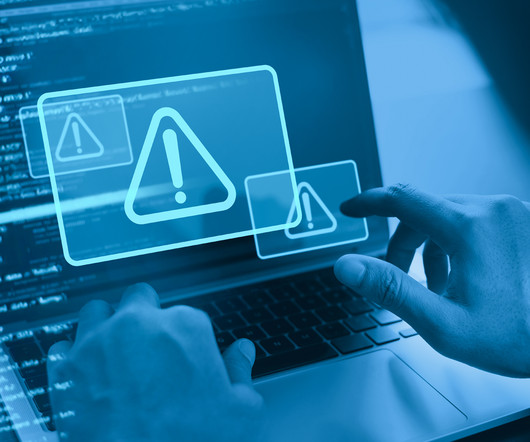Security Affairs newsletter Round 374 by Pierluigi Paganini
Security Affairs
JULY 16, 2022
Critical flaw in Netwrix Auditor application allows arbitrary code execution CISA urges to fix multiple critical flaws in Juniper Networks products Threat actors exploit a flaw in Digium Phone Software to target VoIP servers Tainted password-cracking software for industrial systems used to spread P2P Sality bot Experts warn of attacks on sites using (..)
















Let's personalize your content